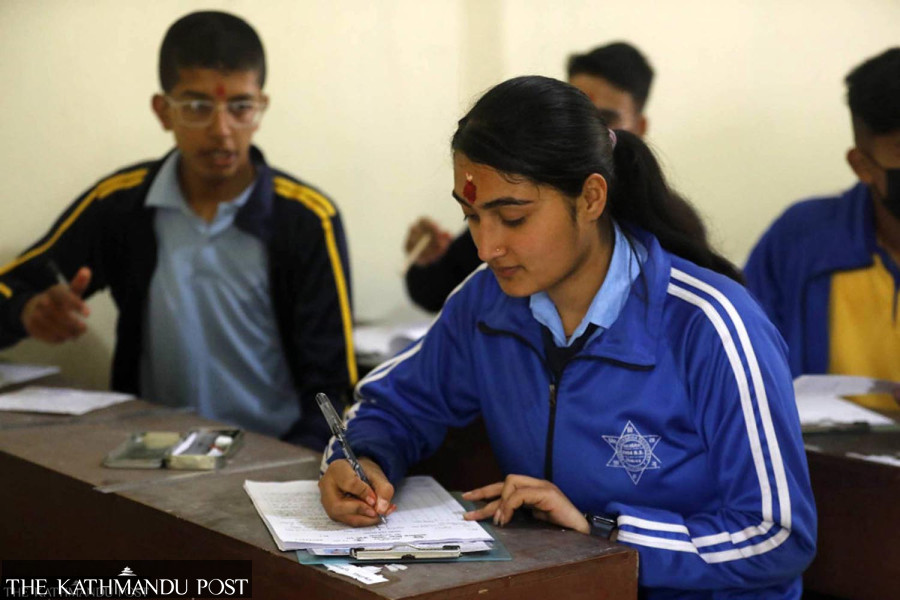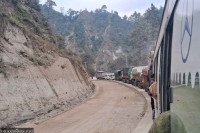Editorial
Sea change needed in SEE
A one-size-fits-all system does not fulfil the requirements of a well-rounded education.
The famed “iron gate” called the Secondary Education Examinations has closed for 242,313 students, as 52.14 percent of the examinees failed to secure any grades, being categorised as non-graded. The National Examinations Board on Thursday published the results of the SEE held from March 28 to April 9. Of the 464,785 students who took the 10th-grade final examination, 222,472 (47.86) percent have qualified for further studies. Those who have been non-graded for up to two subjects will get a chance to reappear for the exams a month later, and the percentage of students entering higher education is expected to go up.
The dismal results have once again brought to light the fact that it is high time we changed the teaching-learning system in the country. This year, the students had written their exams on the new syllabus, but the results have not improved. In fact, the results are as bad as the days of the School Leaving Certificate (SLC), the original “iron gate” we had set out to change. Nepal introduced the grading system in 2016 with the hope of reforming the examination system and improving the student pass percentage. However, after eight years of experimenting with the grading system, it is clear that the changes were cosmetic. What we needed was a complete overhaul of the teaching-learning system. Hoping to see changes in the SEE results without changing the fundamentals was immature, as the results over the years have clearly shown.
Even today, students in rural government schools, who make up the bulk of the student population, do not get their course books on time; there are no teachers in their schools; and they faced the brunt of the digital divide during the Covid-19 pandemic when urban schools transitioned to online education while their ill-equipped schools shut down completely. Having to take the same exams as the students from elite, urban schools that offer better labs, teachers and access to the English language, and the students from rural and public schools are systematically conditioned to mess up the exams. And in failing hundreds of thousands of students each year, the education system of the country too fails.
We are already late in making school education a programme of learning and growth rather than competitive exams. The very idea of a national exam for a country with Nepal’s level of linguistic, ethnic, regional and economic diversities, among others, is flawed. Despite decades of professing affirmative action, we continue to force students to compete in subjects, say Nepali and English, in which they have advantage or disadvantage.
Moreover, we are nearing a decade of implementing federalism, which mandates local levels to manage secondary-level education. A one-size-fits-all teaching and examination system does not meet the requirements of a well-rounded education anymore. Many of the students who face the humiliation of being “non-graded” today might excel in technical and vocational education. It is only by recognising and addressing these differences that we can change our school education system for the better.




 17.67°C Kathmandu
17.67°C Kathmandu














